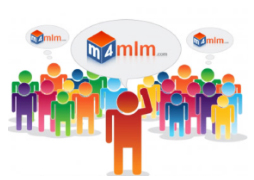×
- Home
- About Us
-
- Beyond Commerce
- About Us
- What We Do
- Digital Marketing
- Digital System & Technology
- News & Events
- Past Events
- Upcoming Events
- Management
- Our Management
- Our Team
- Investors
- Social Responsibility
- Social Responsibility
- Value Proposition
- Vision & Mission
- Value Proposition
- Strengths
- Careers
- Careers at Kovai Software
-
- Services
-
- Website Designing
- Static Website Designing
- Dynamic Website Designing
- Responsive Website Designing
- Flash Website Designing
- Redesign Website Designing
- Web Development
- E-Commerce Web Development
- Matrimony Web Development
- Mobile Apps Development
- Accounts ERP Software
- Portal Development
- Software Development
- MLM Software and Design
- School Management Software
- College Management Software
- Hotel Management Software
- Hospital Management Software
- Web Hosting
- Domain Reseller
- Web Hosting Reseller
- Graphic Designing
- Logo Designing
- Brochure Designing
- Flex/Banner Designing
- Card Designing
- Mailers Designing
- Envelop Designing
- Letter Head Designing
- Branding Design
- Widget Ready

Kovai Soft a powerful website designer for all your needs! Build awesome sites with unlimited options very easily.
-
- Industries
-
- Technology
-
- Mobile Applications
- Android Apps
- Windows Apps
- Iphone Apps
- Content Management
- WordPress
- Drupal
- Joomla
- Database Management
- DB2, Oracle, Sybase, MongoDB,
- MySQL, SQLite, SQL Server, PostgreSQL
- E-Commerce Website
- OpenCart E-Commerce
- Magento E-Commerce
- OS E-Commerce
- UBER Cart
- Woo Commerce
- Virtue Mart
- UI/UX Development
- WordPress
- HTML 5
- jQuery & Adobe Flash
- Web Development
- Java
- .Net
- Python
- PHP
- CodeIgniter
- CRM
- Sugar CRM
- vTiger CRM
- Sales Force
- Dynamics CRM
- Widget Ready

Kovai Soft a powerful website designer for all your needs! Build awesome sites with unlimited options very easily.
-
- Our Work
- Clients
- Contact Us

















